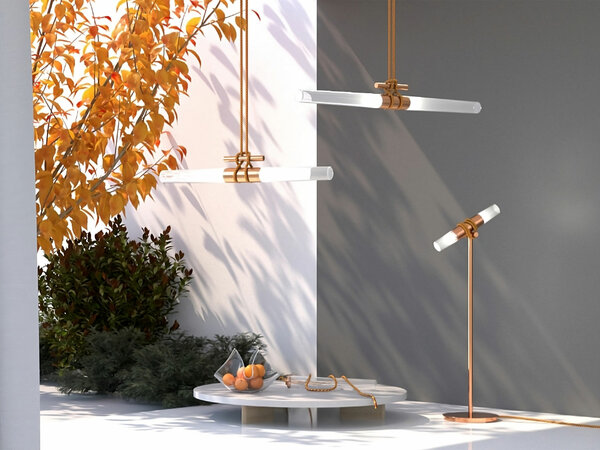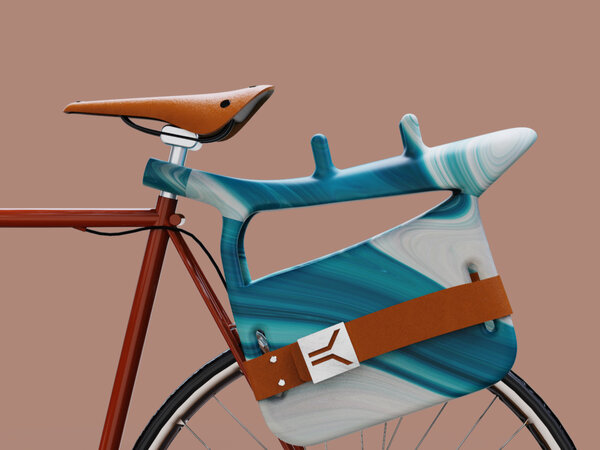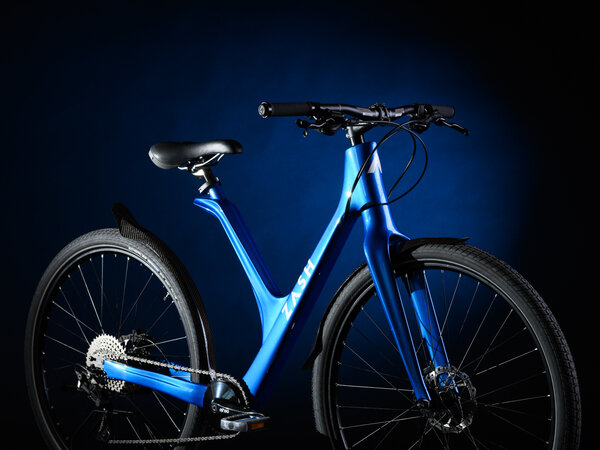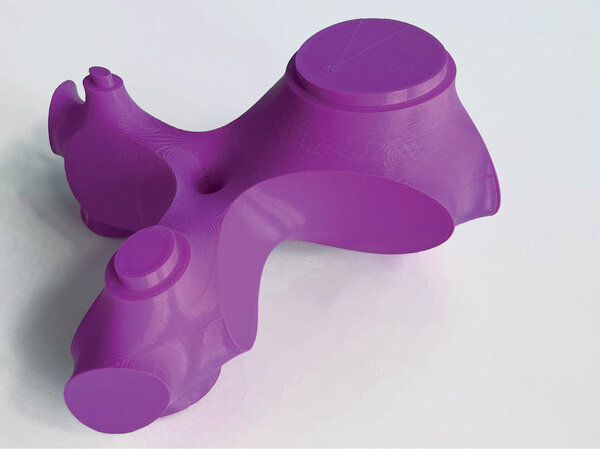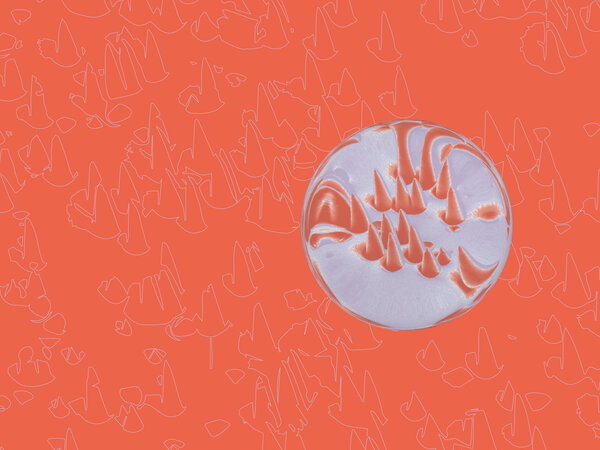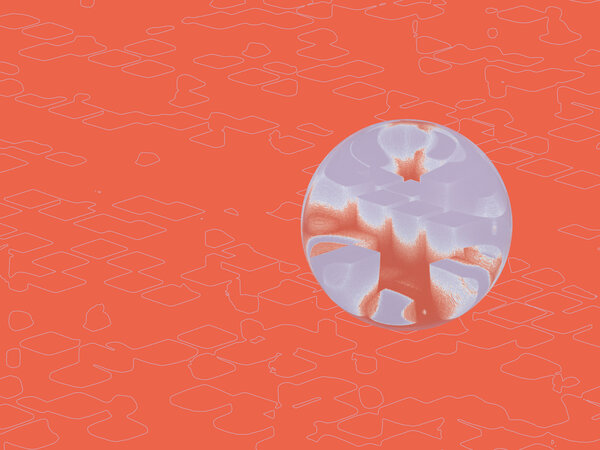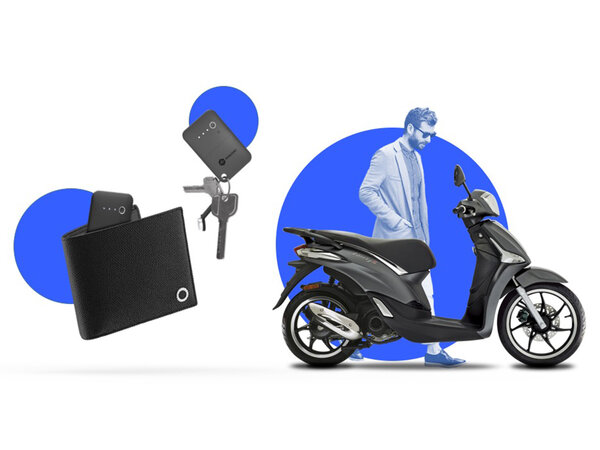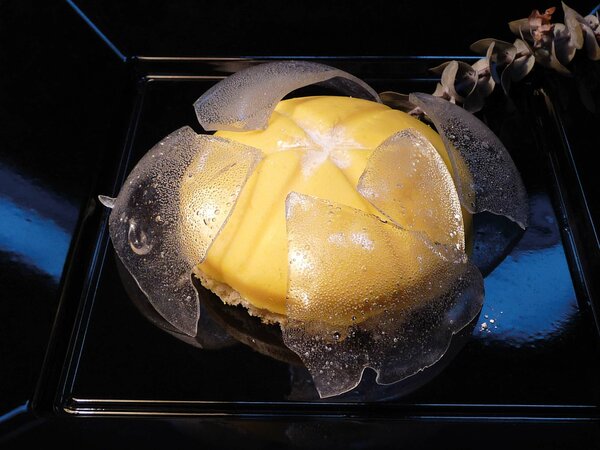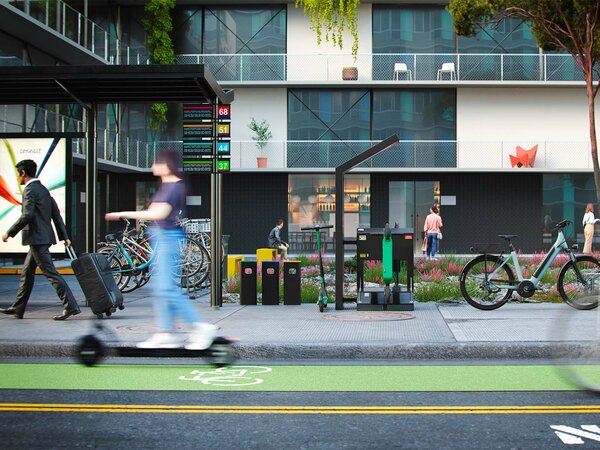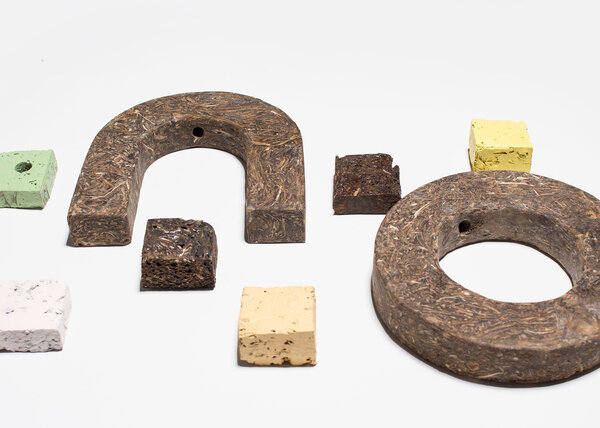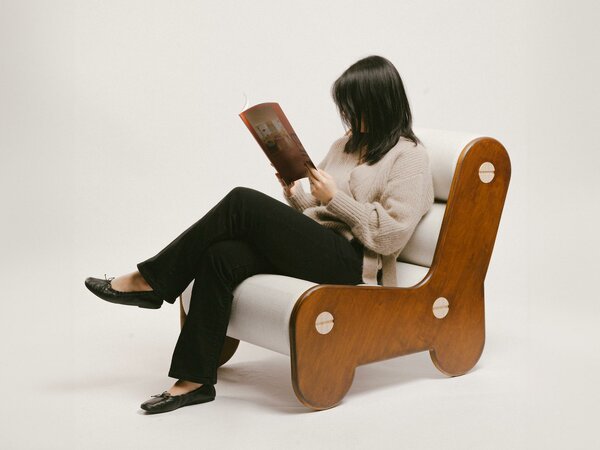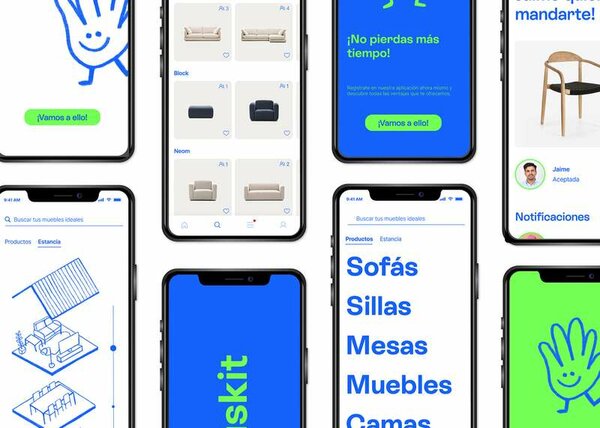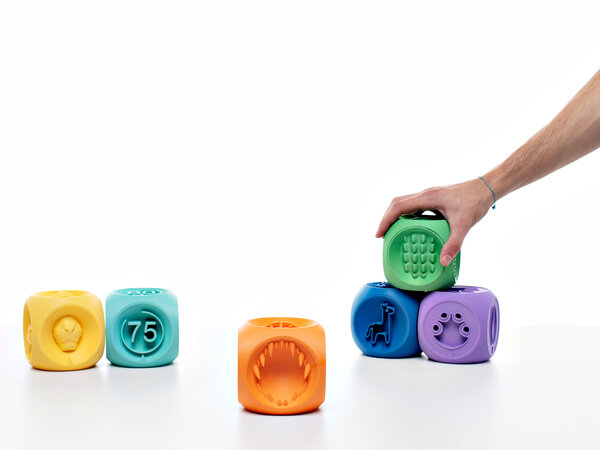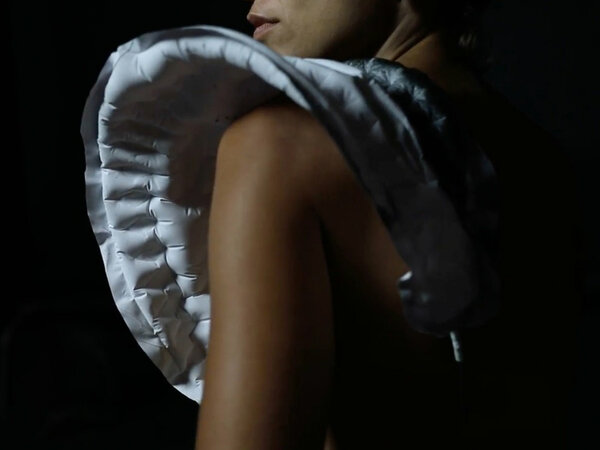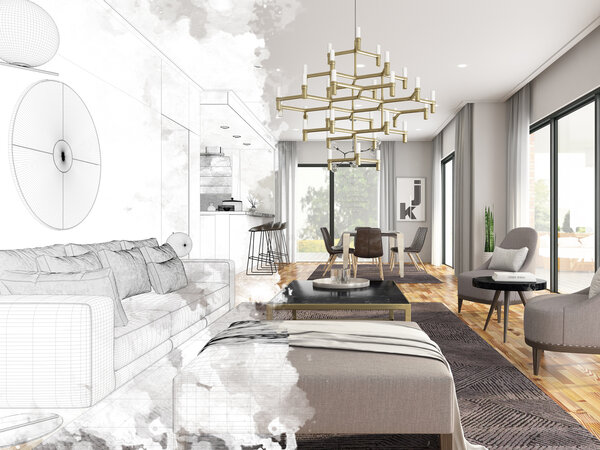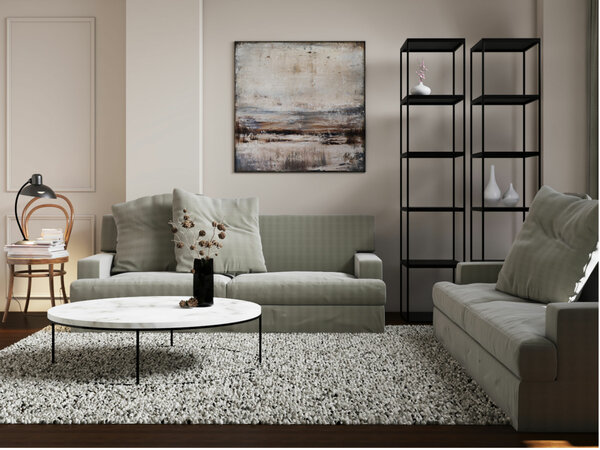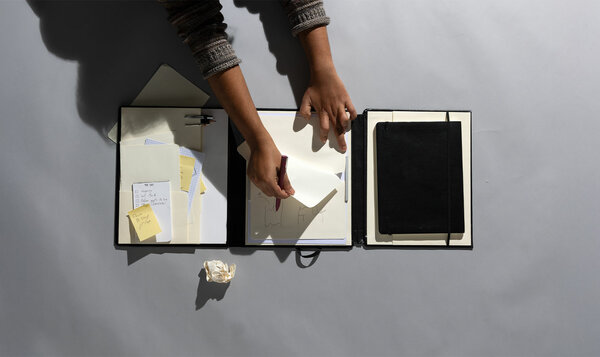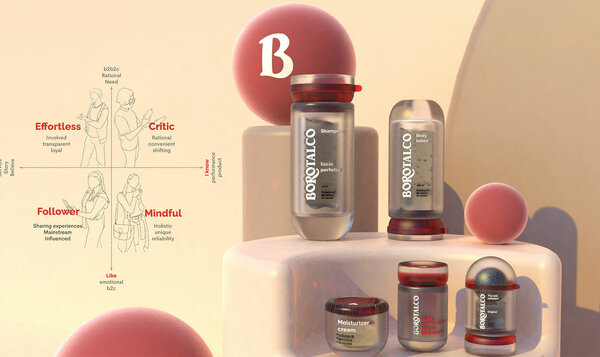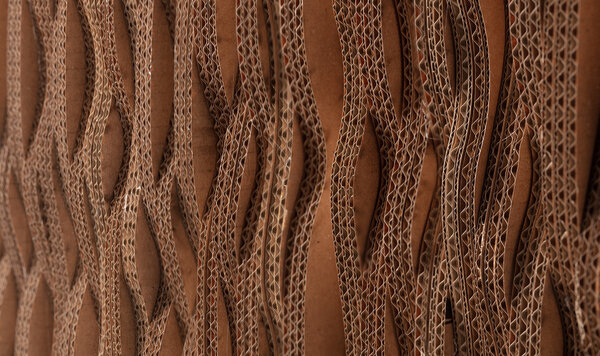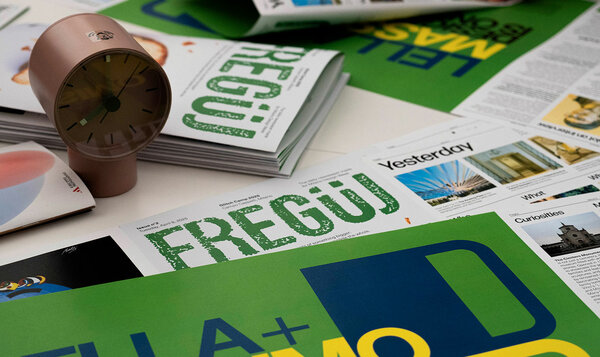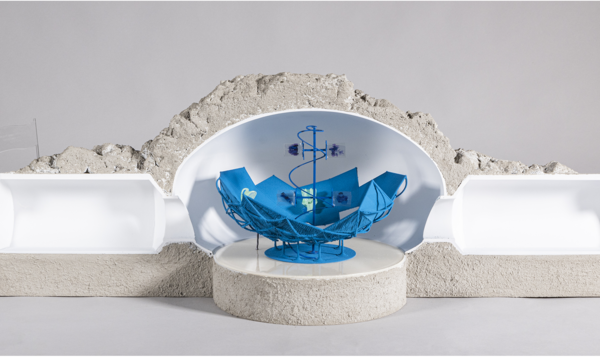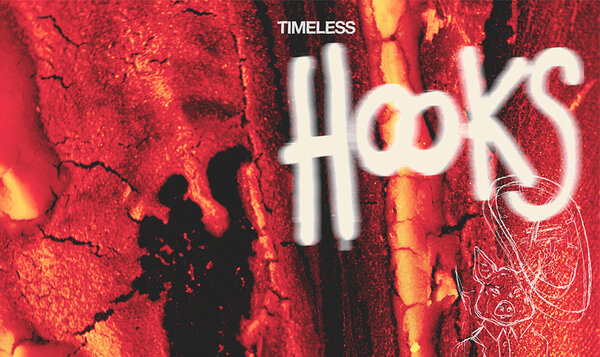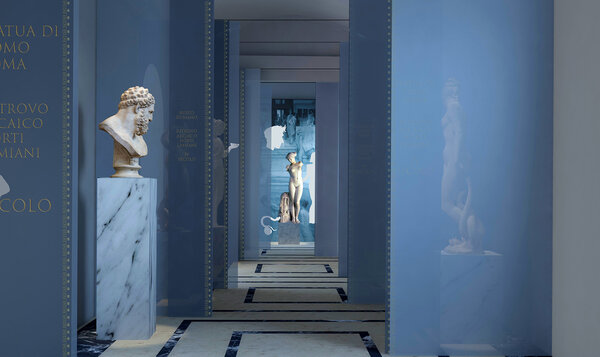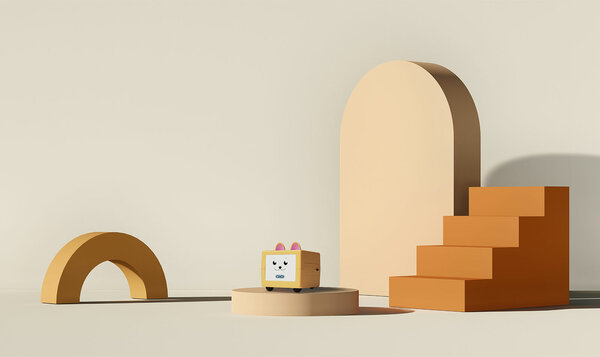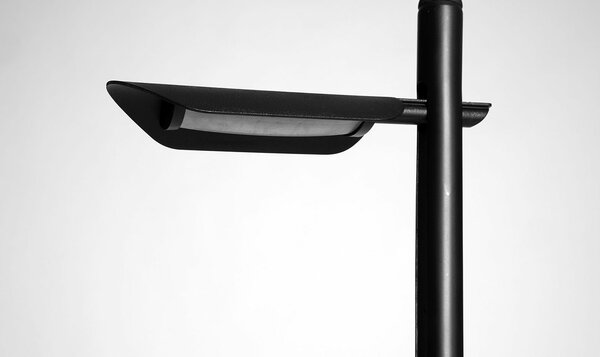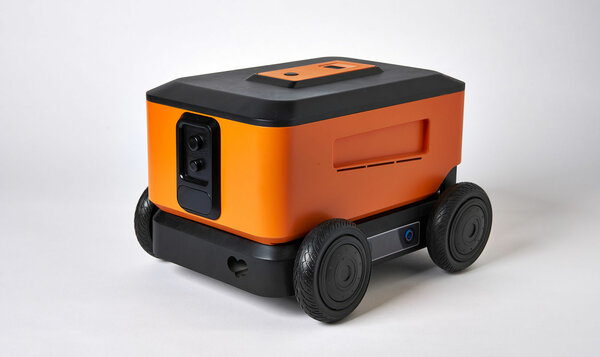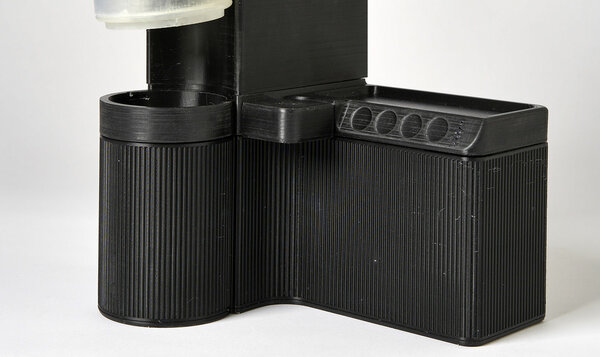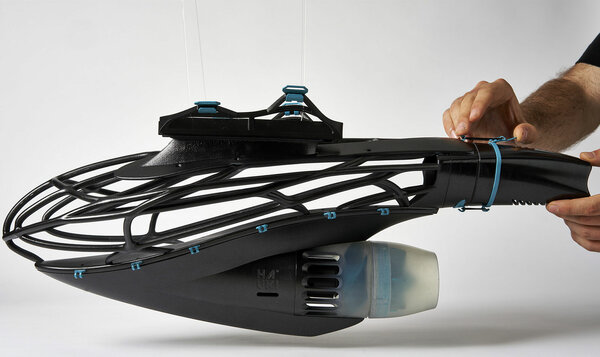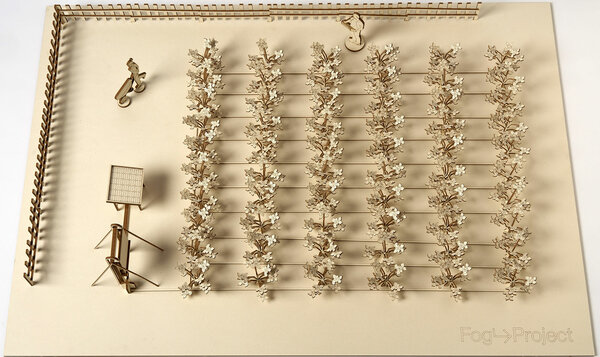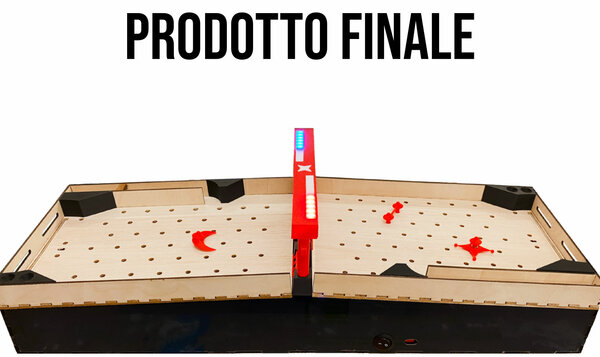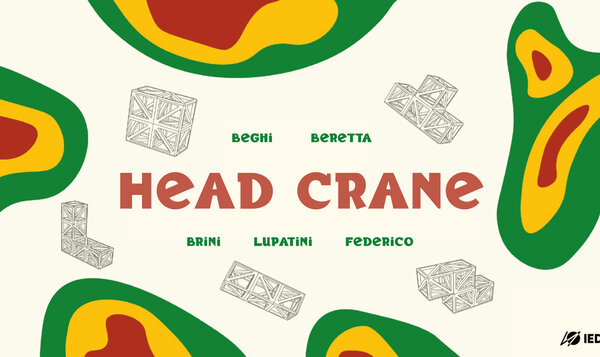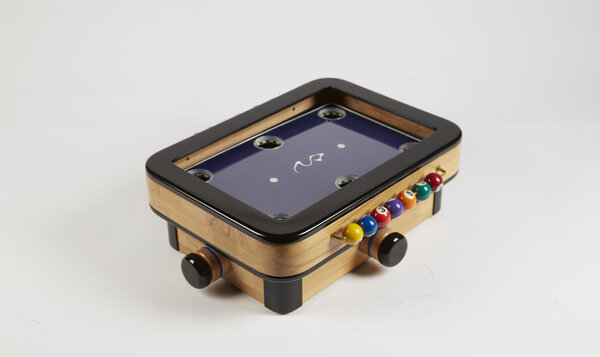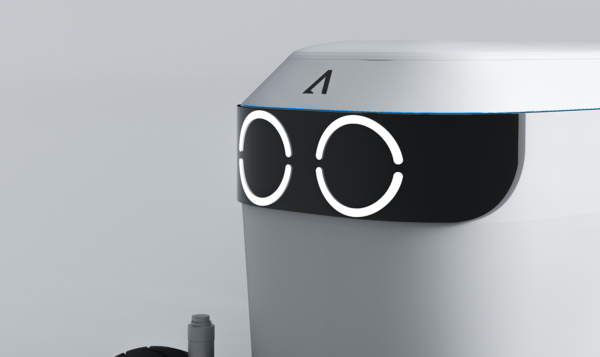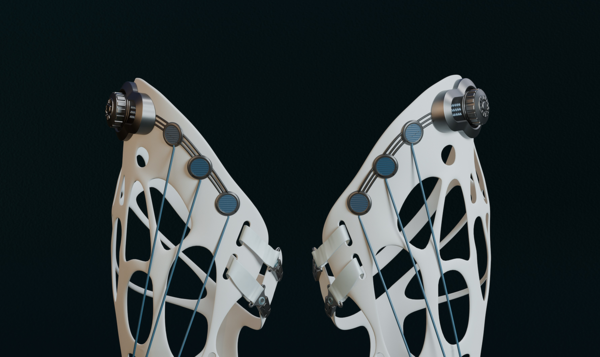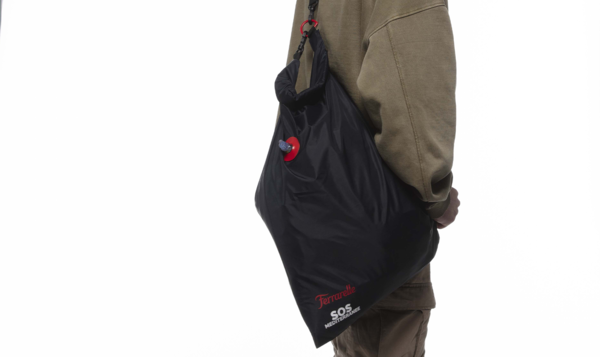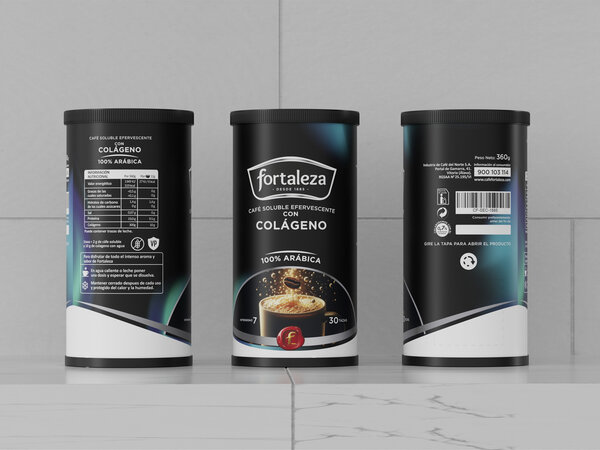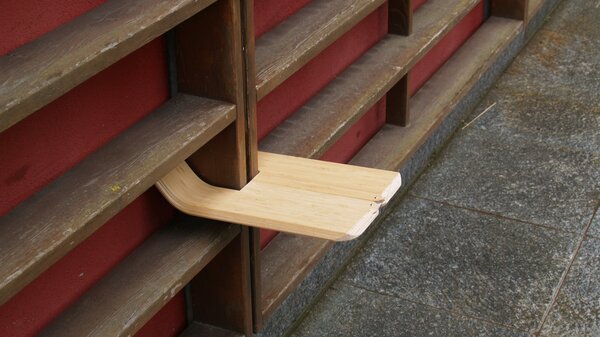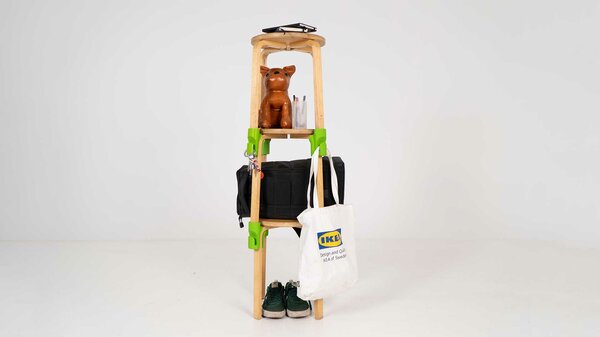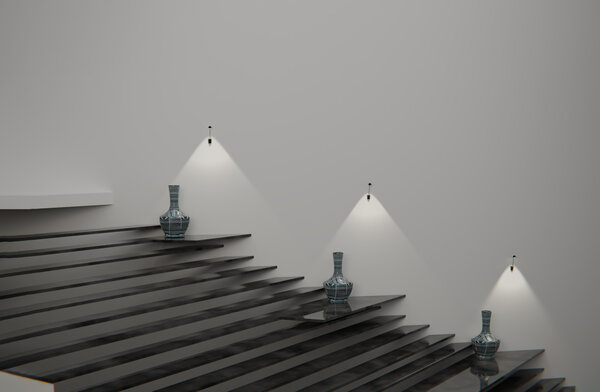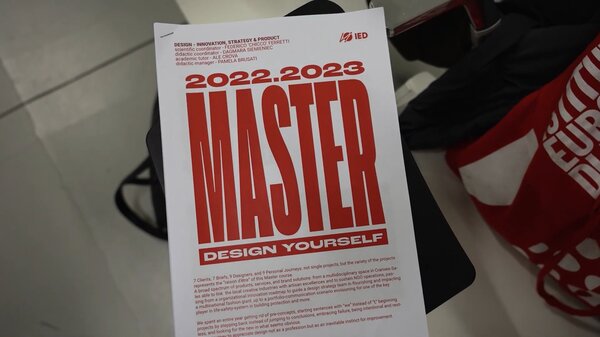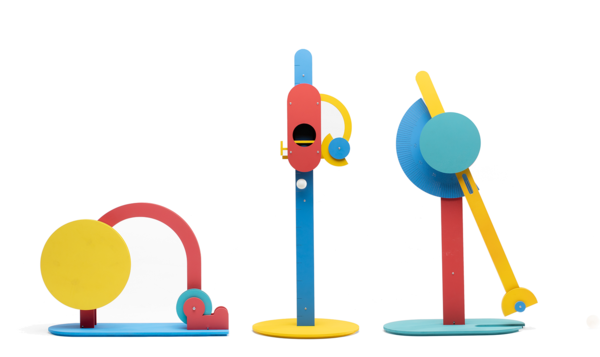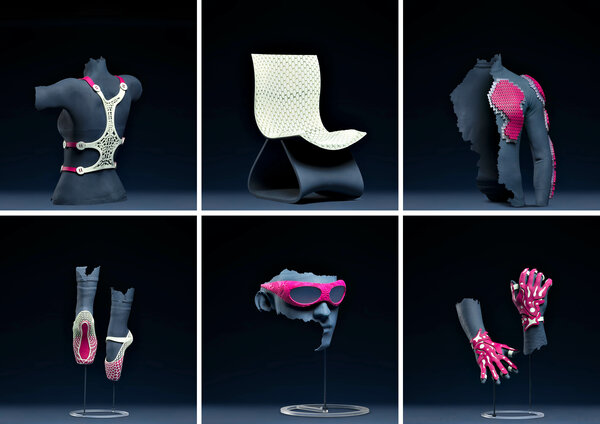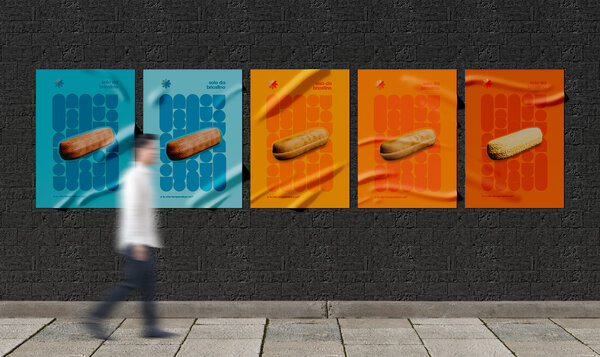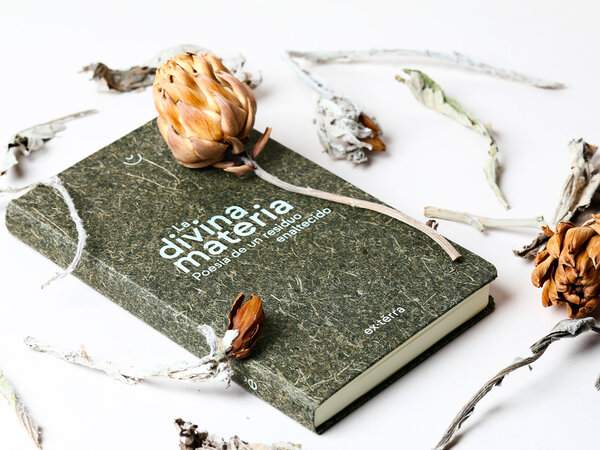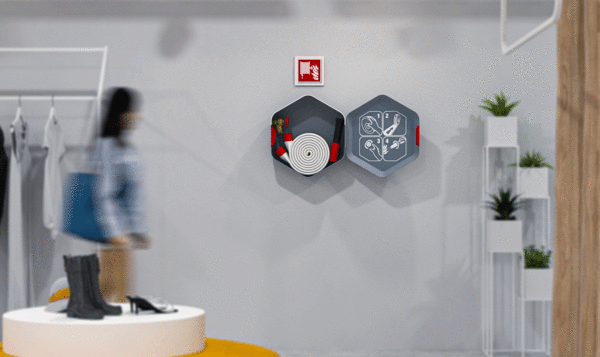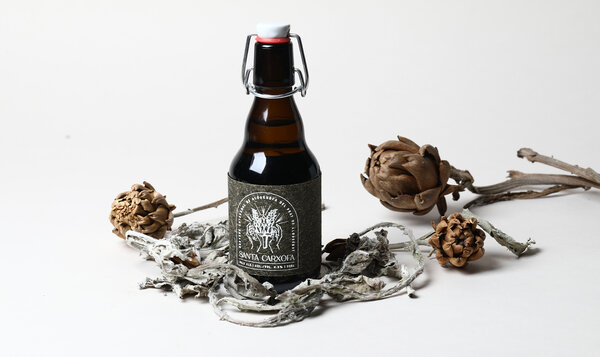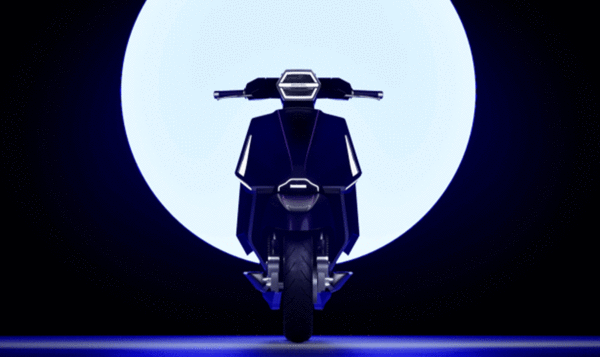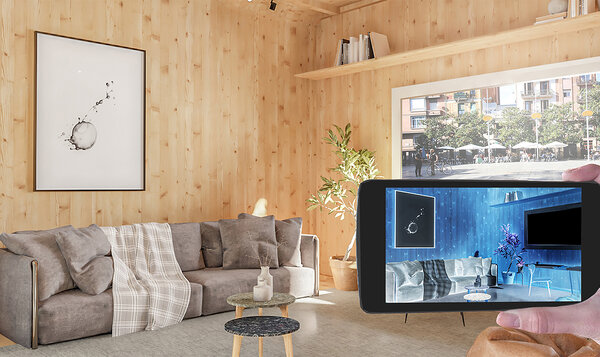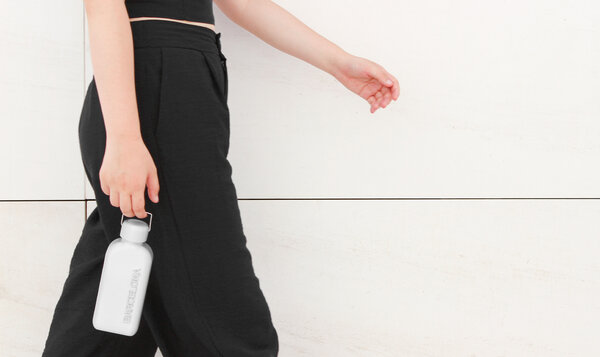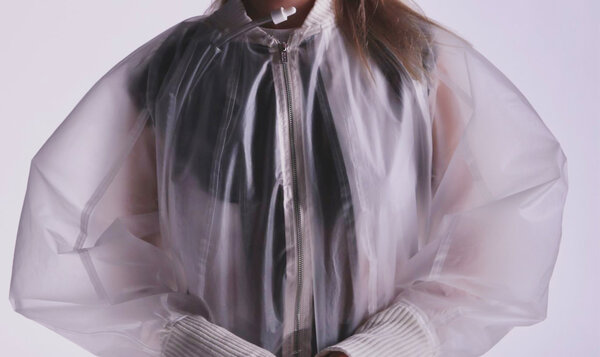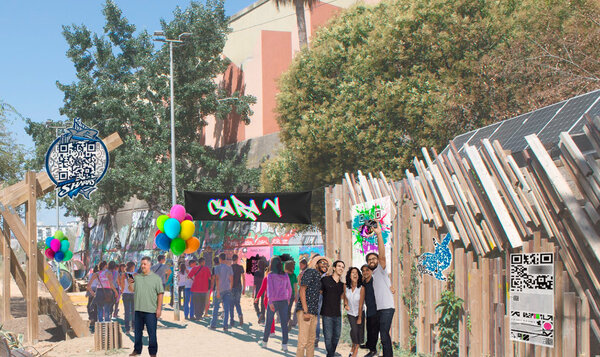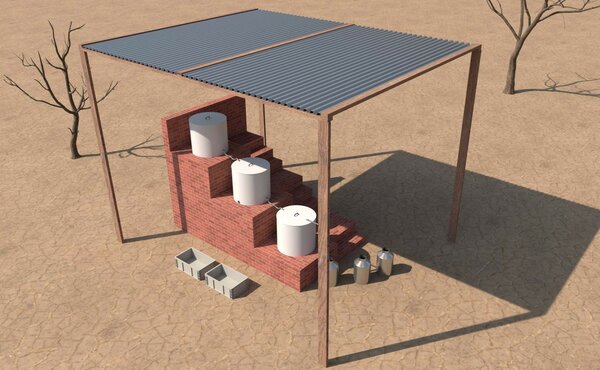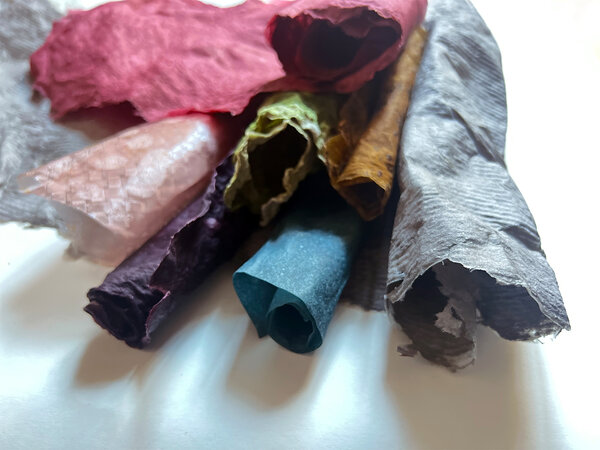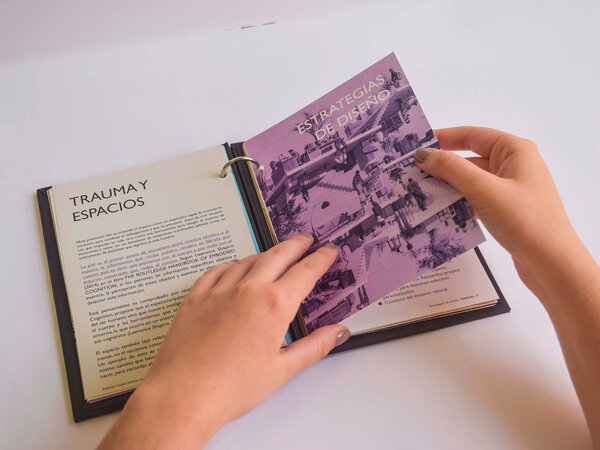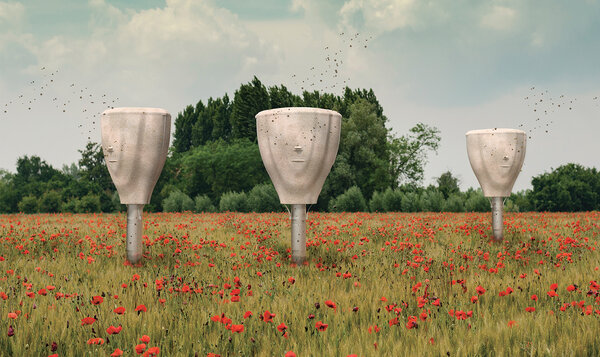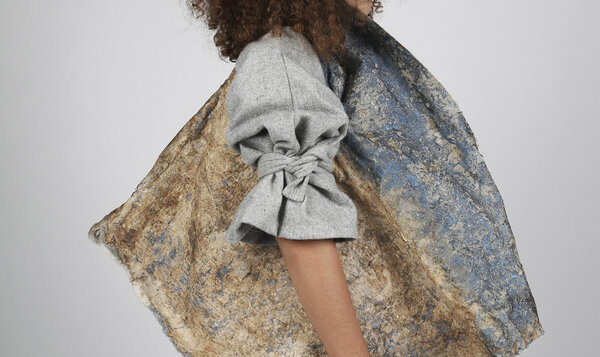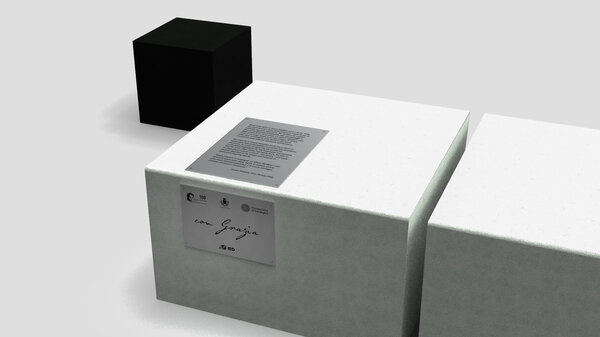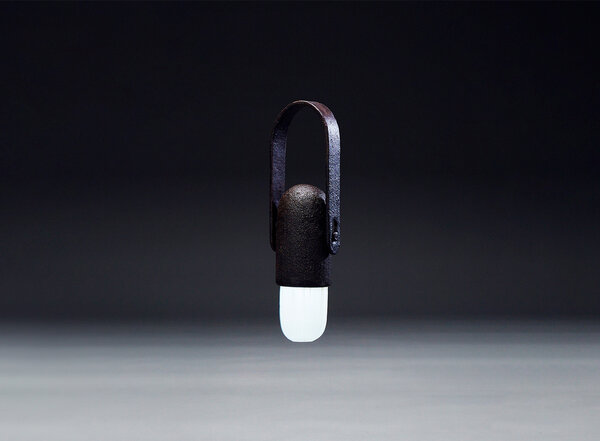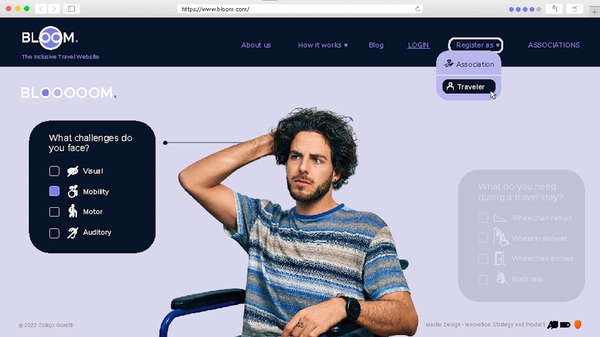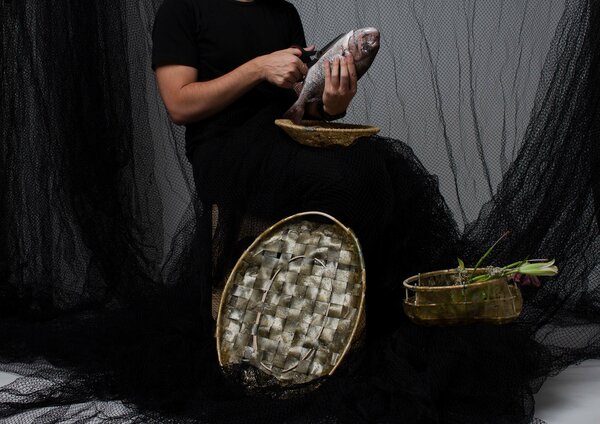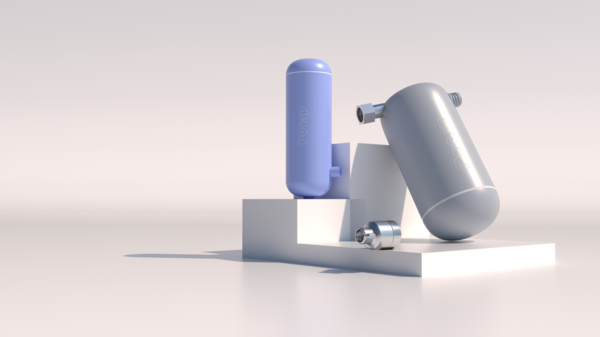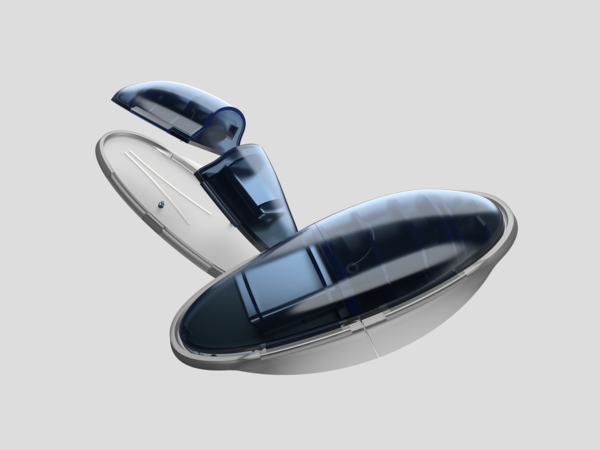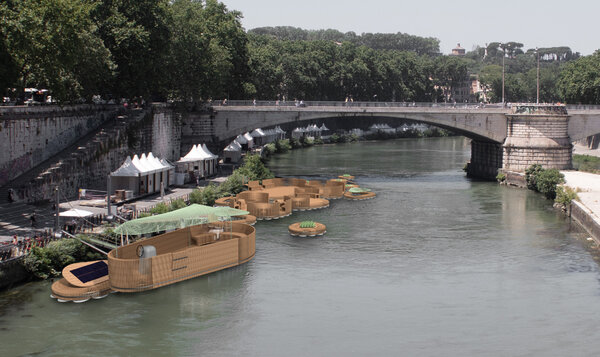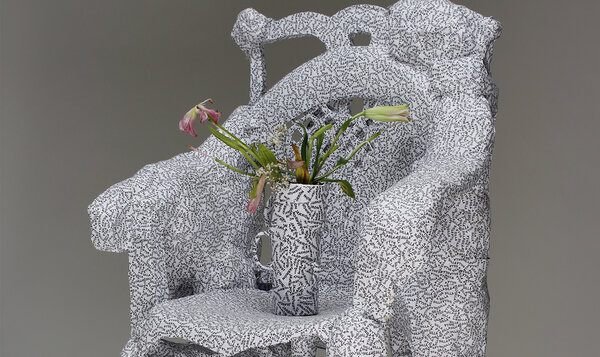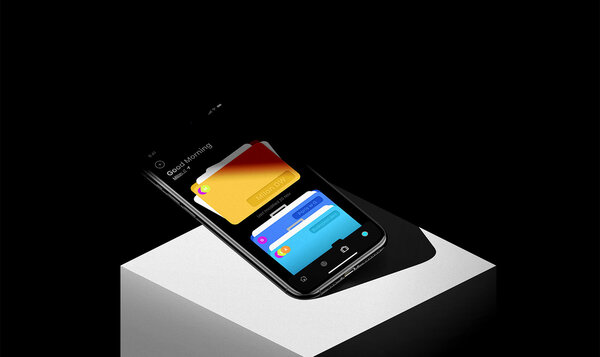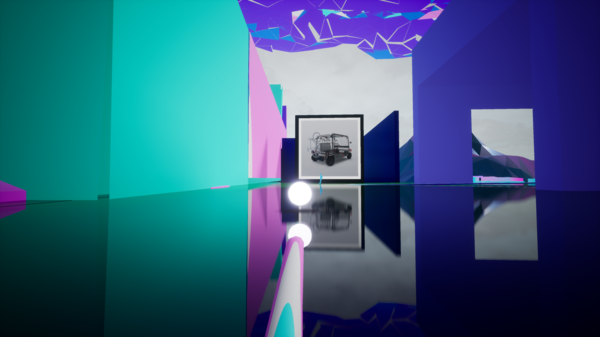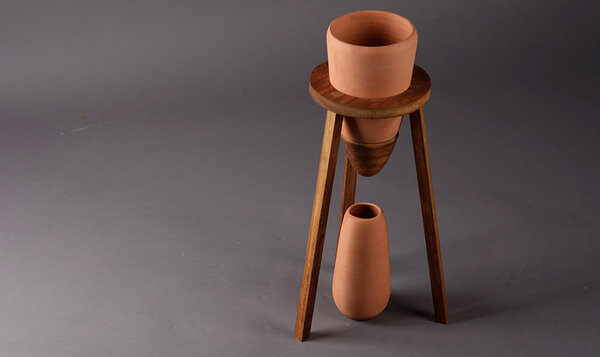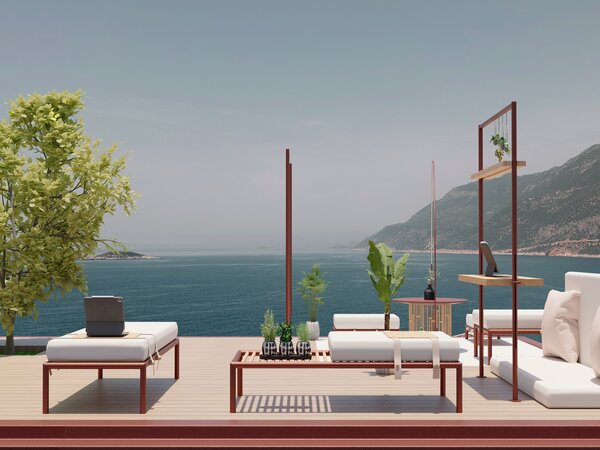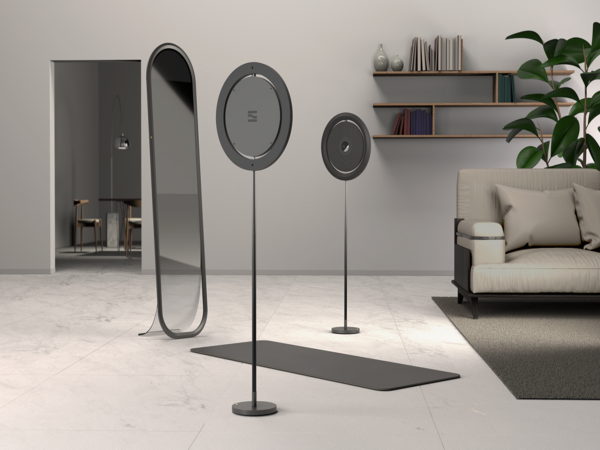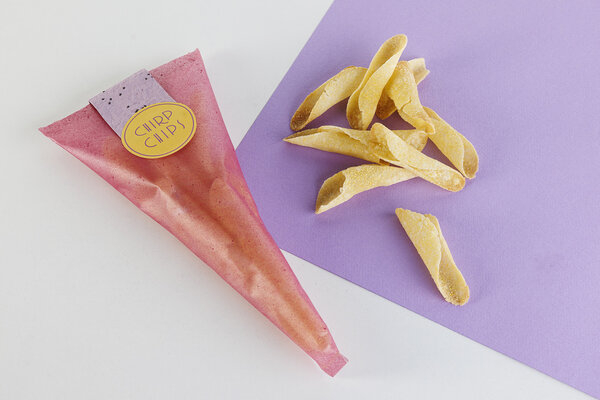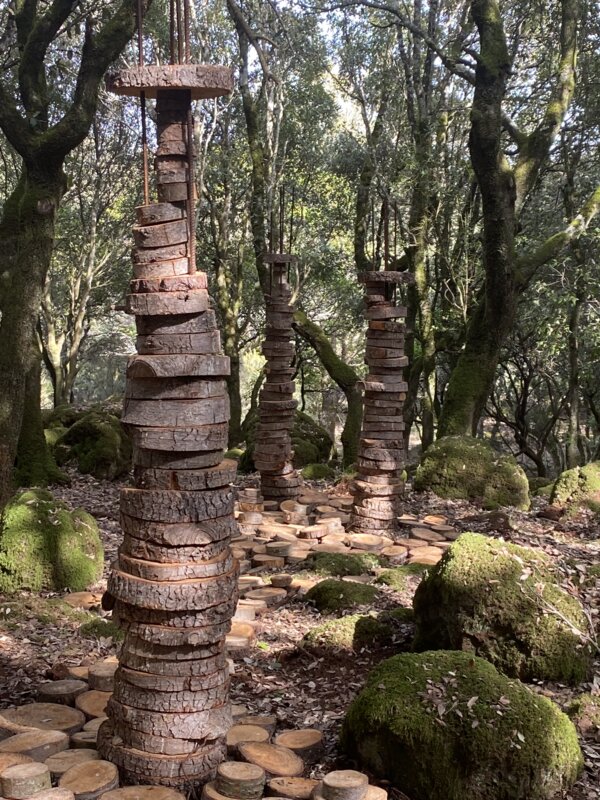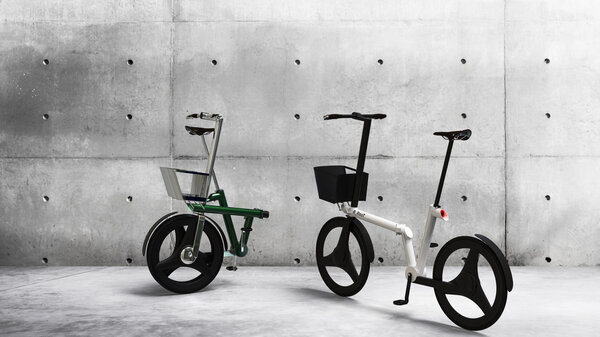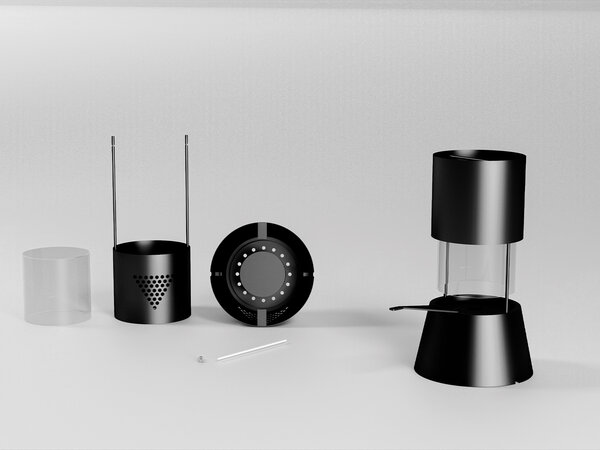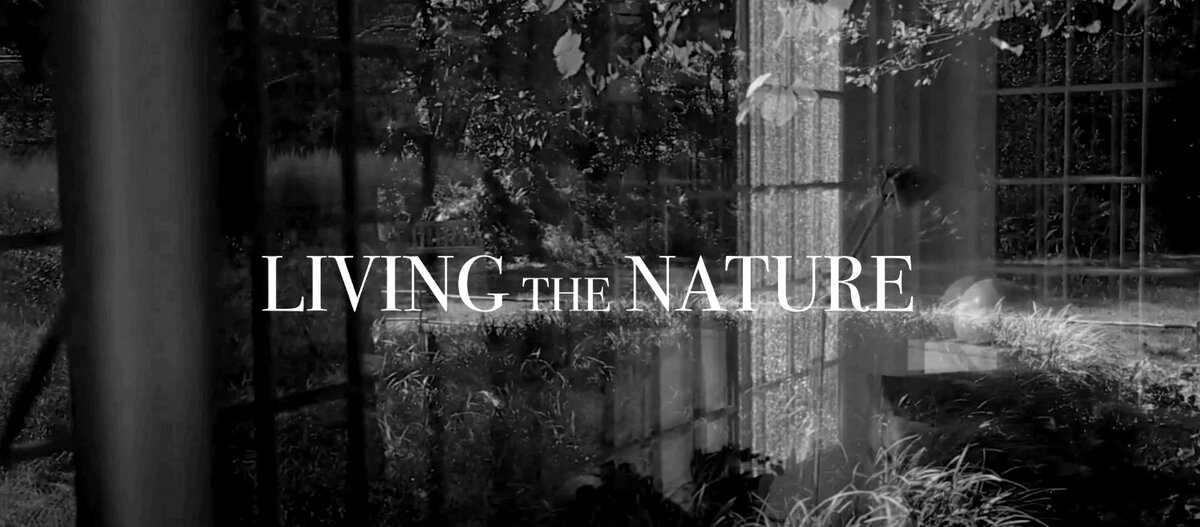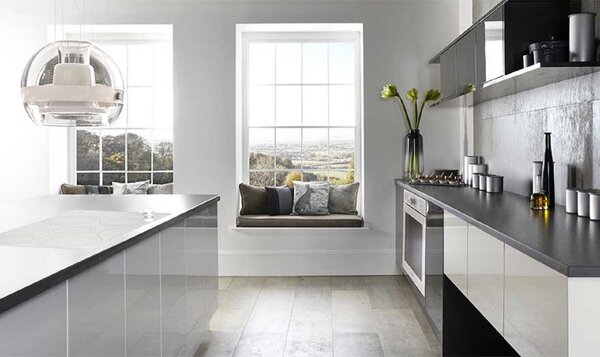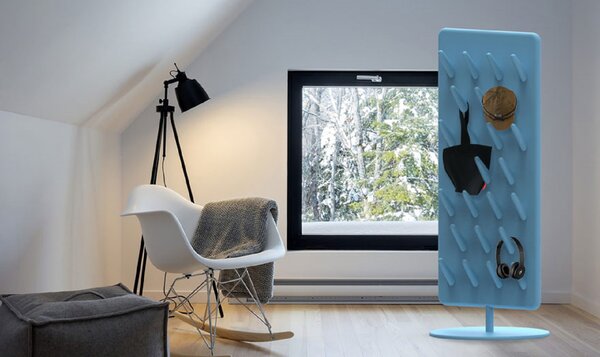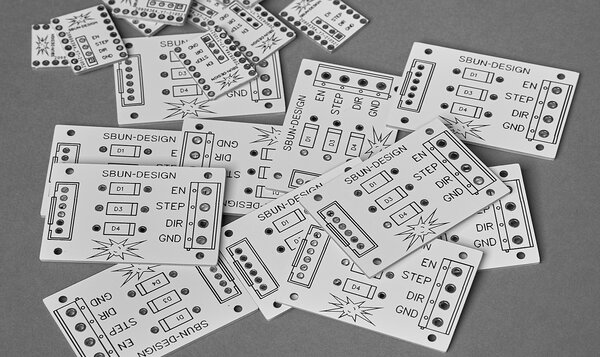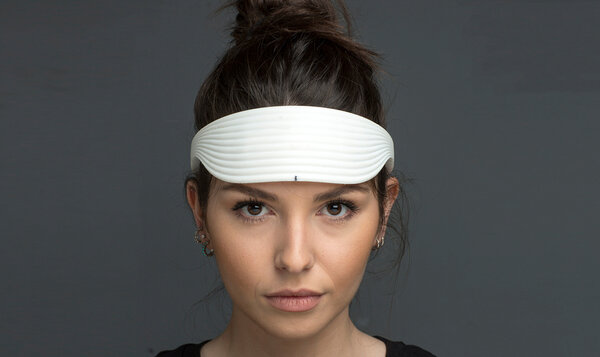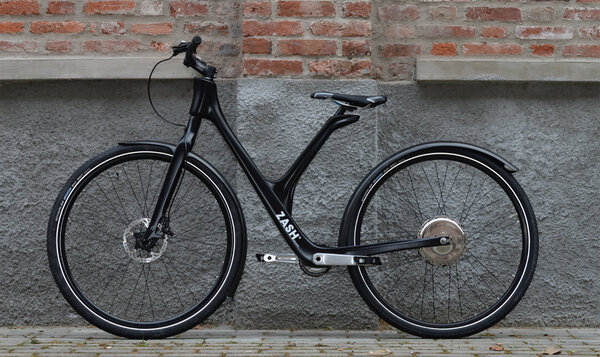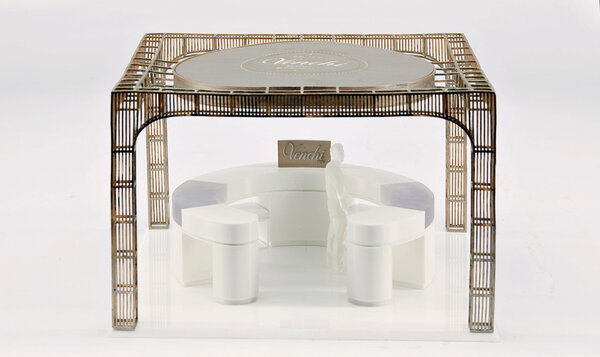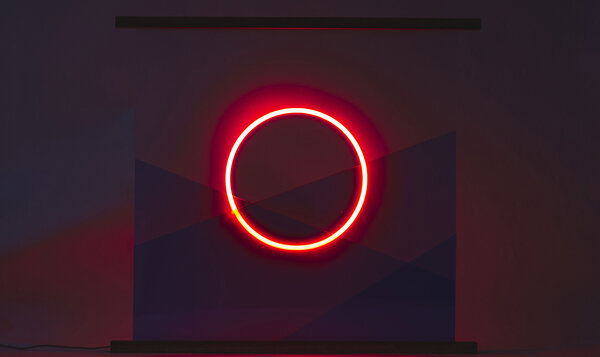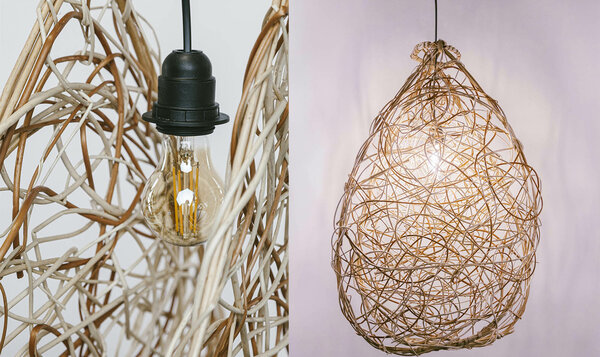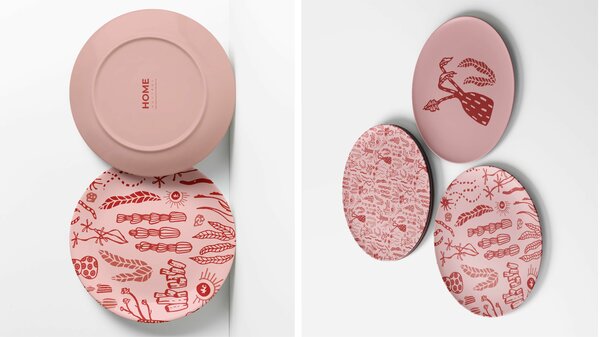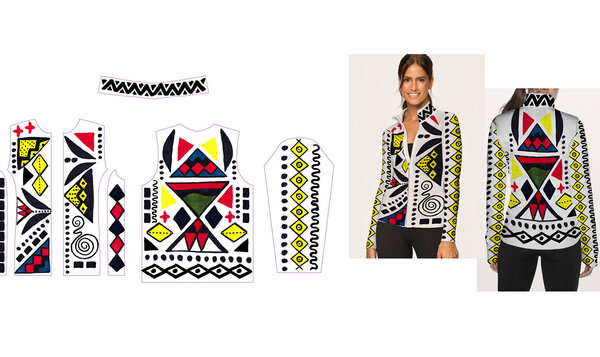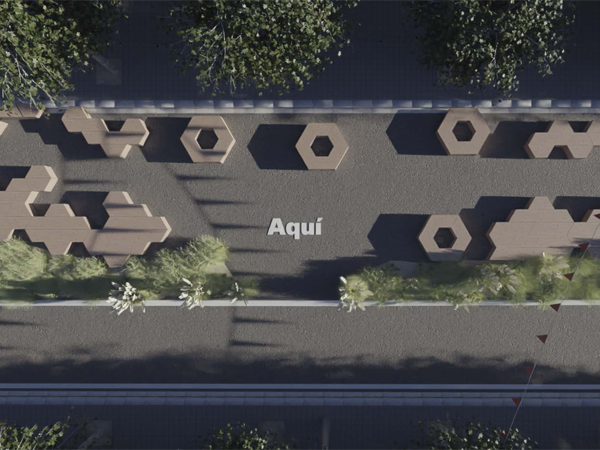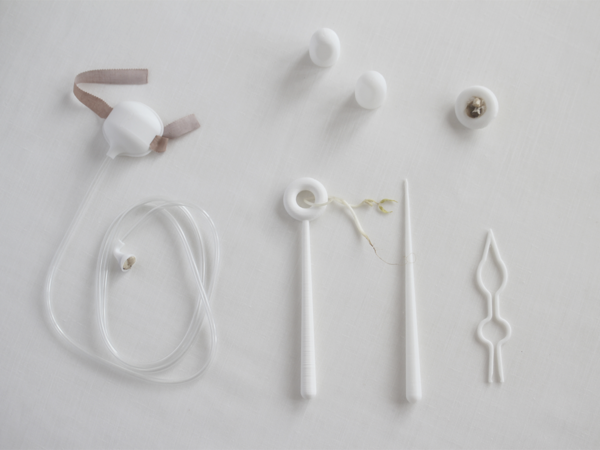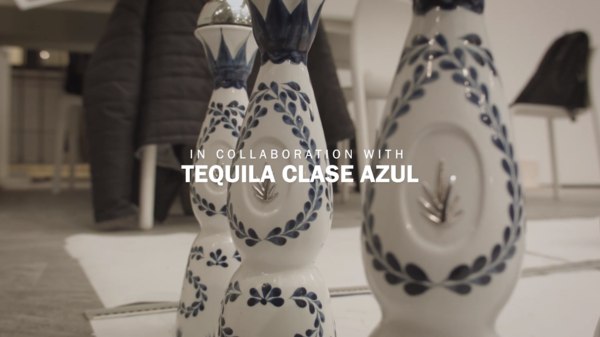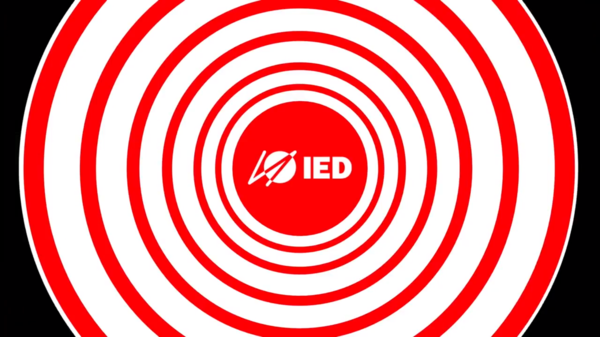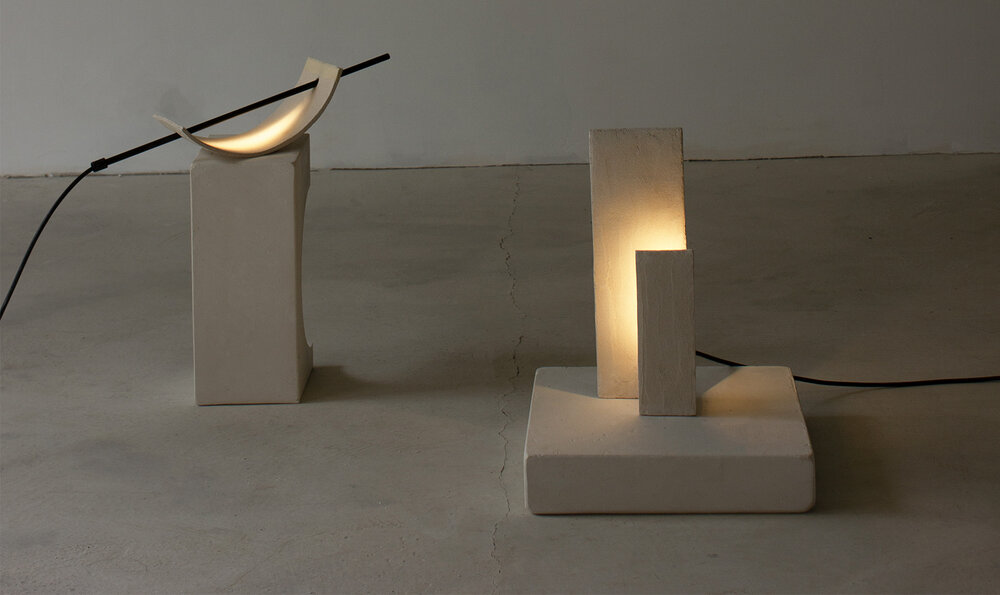
Product Designers: who they are, what they do, and how to become one
Who they are and what they do
A Product Designer is a professional figure who who conceptualises and creates products that combine His responsibility is to oversee the design of a wide range of items, from consumer goods to advanced technological objects or digital products
The Product Designer's role is, therefore, essential to ensuring that each product meets both quality standards and people's expectations, combining the aesthetic aspects of form and style with the user experience-related aspects of use and function.
Their responsibility is to oversee the design of a wide range of items, from consumer goods, to advanced technological devices and digital products. The Product Designer has an essential role in ensuring that each product meets the specified quality standards, as well as consumer expectations.
Role and responsibility
The Product Designer is involved at every stage of the product life cycle. From the first idea generation phase to the definition of specifications, from the creation of prototypes to the implementation of improvements derived from user feedback.
Their job can be broken down into several stages. First, the Product Designer works closely with multidisciplinary teams, gathering inputs from various perspectives in order to come up with an innovative and viable concept.
This strategic transdisciplinary approach relies on fostering active dialogue and integrating humanistic, technological, and business expertise. Its goal is to identify precise elements that address current market needs while also foreseeing future trends. This ensures that the final product is not only innovative but also harmoniously embedded within a wider framework of sustainability and social responsibility.
Once the initial exploratory phase has been completed, the Product Designer turnstheir attention to determining the product specifications. This process requires a deep understanding of user needs, market trends, and production capacities. The Product Designer then proceeds to translate this information into clear and detailed requirements, creating a useful guide for the next stage of the process, which is prototyping.
During the prototyping phase, the Product Designer bringsideas to life in tangible form, working on models that faithfully represent the final product. This process evaluates practical, aesthetic, and functional aspects, allowing the necessary refinements to be made prior to large-scale production.
One distinctive element of the Product Designer’s work is product improvement based on consumer feedback. The ability to listen, welcome, and assimilate the opinions of end users is crucial to ensuring that the product fully meets their needs.
Career and salary
Product Designers can have a wide range of career opportunities available to them: they can work in manufacturing companies, contributing to the development of consumer products, or can collaborate with technology companies, engaging in the design of innovative devices. Some product designers even opt to become entrepreneurs, starting their own businesses to pursue independent projects or to develop complete product lines.
Salaries vary based on experience, specialisation, and area of employment. Professionals with experience and established skills can obtain higher levels of compensation, especially if they work in high-demand sectors, such as technology or luxury design.
And while the Product Designer profession offers many opportunities, focusing on a specific field allows the individual to hone their skills in a targeted manner. Some of the most popular specialisations include:
Furniture Designer
Focusing on the design of furniture, interior upholstery, and furnishing solutions, this career path consists of ensuring that the design items are aesthetically pleasing, functional, and in harmony with the spaces in which they will be placed.
Interaction Designer
An Interaction Designer focuses on creating engaging and intuitive user experiences for digital products. This professional figure is responsible for designing the interaction between a system interface and its users, ensuring a smooth and accessible flow.
Jewellery Design
Jewellery design is a fascinating field of specialisation for a Product Designer. Combining craftsmanship with creativity, this niche field offers the designer the opportunity to create items that are works of art in their own right. Jewellery designers often collaborate with goldsmiths and fine jewellery companies, helping to establish the styles and trends in the world of luxury accessories.
Lighting Designer
This figure is someone who designs and manages lighting in indoor, outdoor, or public spaces. A Lighting Designer considers aesthetic, functional, and emotional aspects, creating lighting solutions that enhance architecture, objects, and atmosphere. Their creative use of light and shadow, they helps determine the visual experience and the environments in which people live and work.
Made in Italy Design
Another fascinating professional opportunity is the field of Made in Italy Design. This specialisation focuses on the creation of products that combine expert craftsmanship with innovation processes. Product designers involved in this sector contribute to the creation of items that bring together cultural and historical factors, often associated with the worlds of fashion, interior design, or luxury goods.
Packaging Designer
This type of Product Designer deals with the creation of attractive and functional product packaging. They must consider three main factors: practicality, visual appeal, and environmental sustainability.
Technological Product Designer
This professional deals with the design of electronic devices, such as gadgets, smartphones, tablets, and other technological products. Designers in this field must balance aesthetic aspects with advanced functionality, also taking ergonomics into account.
Designers of Products for improving people's lives
This specific field of specialisation is aimed at improving people’s lives by creating products that fit their bodies, even with prostheses, through traditional and experimental methodologies. Thanks to interdisciplinary training, the Product Designer acquires the skills necessary to develop solutions that meet the needs of users, society, and the environment, maintaining critical and competent oversight of the design process.
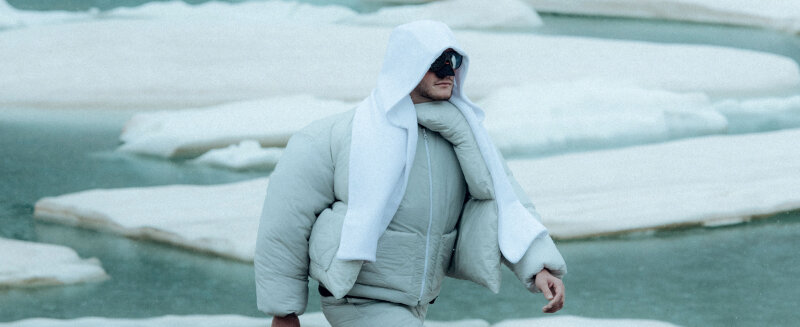
IED Open Days
We look forward to meeting you in person at our premises and online, to learn more about our teaching offerings, get to know our services and interact with coordinators, lecturers and students.
Skills and training
Succeeding as a Product Designer requires a balance of creativity, technical skills, and a deep understanding of users’ needs. It is also crucial to incorporate strategic skills in order to predict future trends, and to ensure that, in addition to immediate needs, the products will also meet future needs.
Skills and training
Succeeding as a Product Designer requires a balance of creativity, technical skills, and a deep understanding of users’ needs. It is also crucial to incorporate strategic skills in order to predict future trends, and to ensure that, in addition to immediate needs, the products will also meet future needs.
Technical Skills
In-depth knowledge of production processes is essential. Product Designers must familiarise themselves with the specific characteristics of materials, assessing its possibility of use for production purposes, and ensuring the feasibility of the design with respect to the technical constraints.
Creative Skills
Creative characteristics useful for a Product Designer include the ability to generate ideas that represent a break from the conventional norms, the ability to make use of visual tools like sketches and models, and a penchant for transforming abstract designs into tangible representations. Other important skills include an eye for aesthetics, mental flexibility, and originality in approaching design challenges.
Strategic skills
Useful strategic skills for a Product Designer include the advanced use of techniques like big data visualisation in order to develop solutions that take social, cultural, and economic impacts into account. This approach enables the Designer to manage complex projects, steering them towards innovations that bring lasting and positive benefits to society and the environment.
Listening and Analysis Skills
One key area of competence is that of understanding people’s needs. Through market research, interviews and testing with users, the Product Designer gains a clear idea of the public’s expectations, thus steering the design efforts towards solutions that will effectively and innovatively meet the market demands.
How to become a Product Designer
Are you looking for a highly professional and educational course to become a Product Designer?
With IED courses, you’ll have the opportunity to gain the skills needed to become an outstanding professional and to gain an immediate foothold in the industry.
Learn more about the IED courses: the first step to becoming a professional Product Designer.
